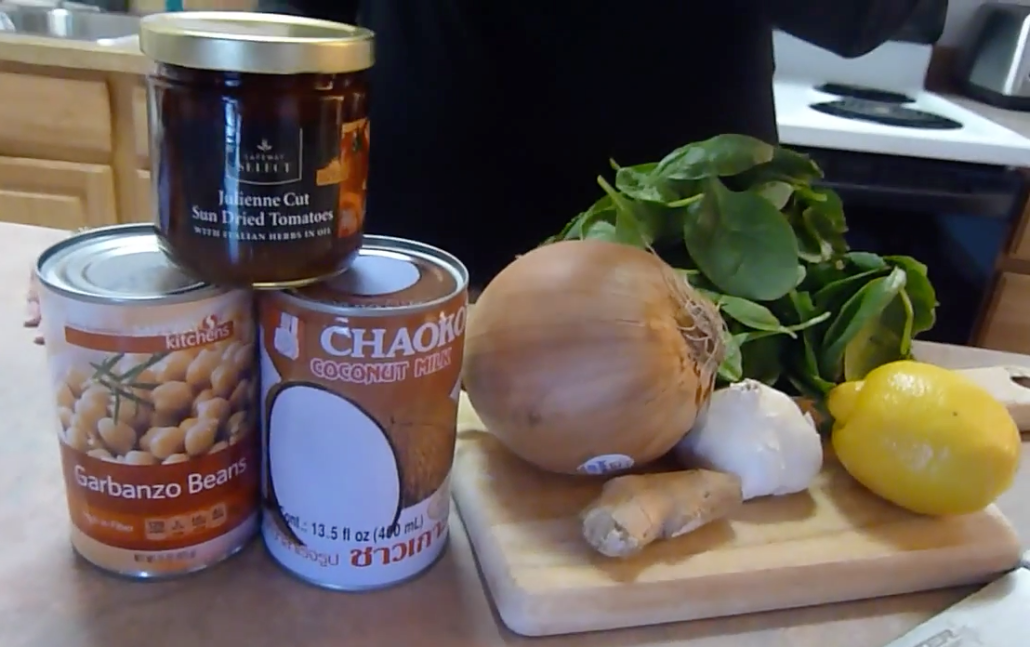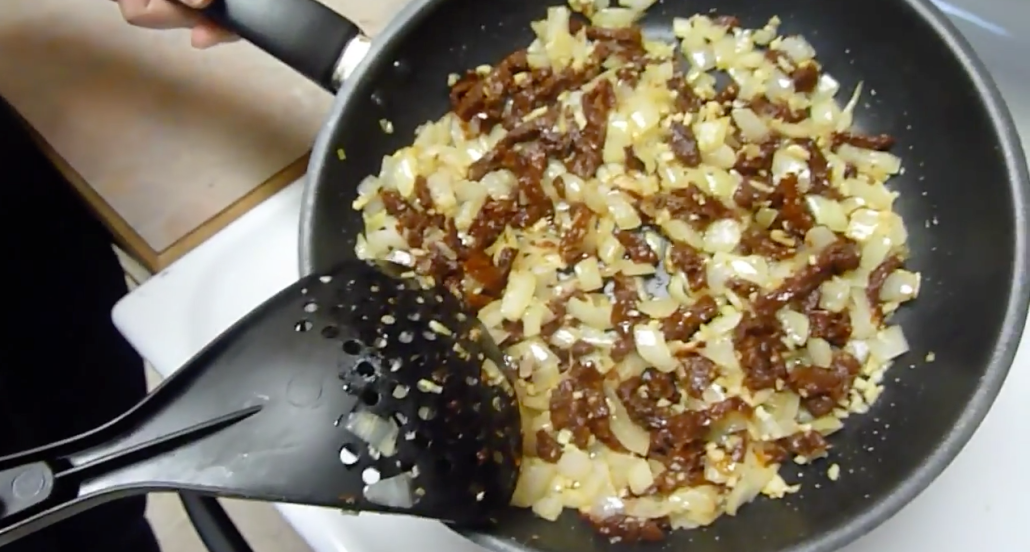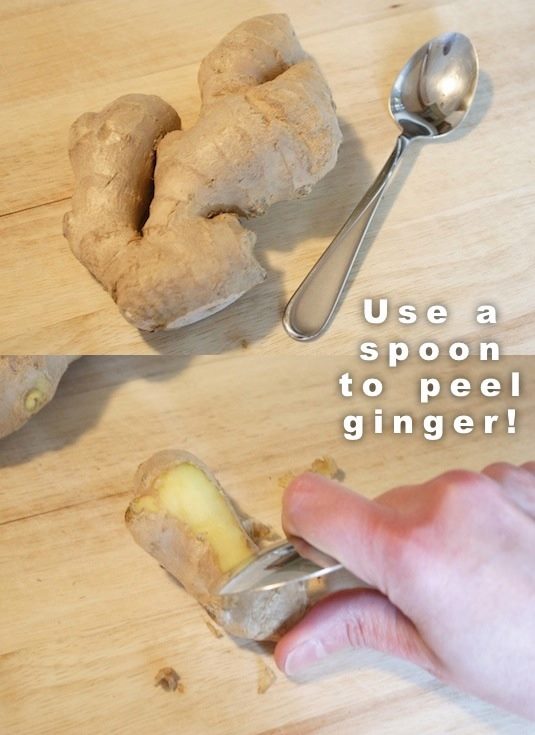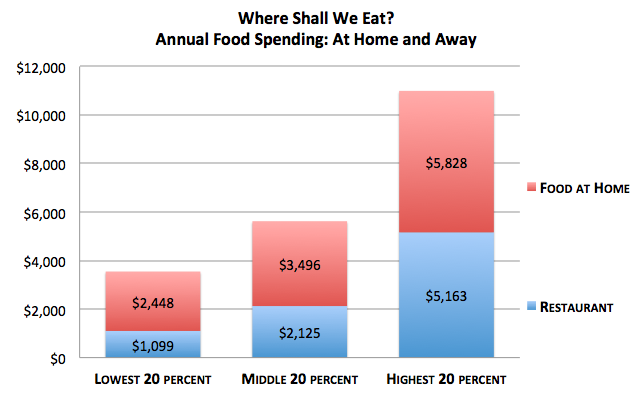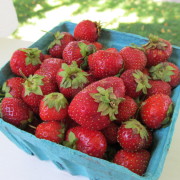The Benefits Of Matcha Green Tea
The Benefits Of Matcha Green Tea – Why you should ditch traditional green tea and switch to Matcha.
Through a Japanese tea ceremony, I was introduced to the benefits of matcha green tea. “Matcha” as it is called is a special type of green tea made of the entire leaf. Consuming the whole leaf provides 100% of the nutrients and 137 times the antioxidant power of regular green tea. One cup of matcha = 10 cups of regularly brewed green tea in terms of nutritional content.
Benefits of Matcha Green Tea – How It’s Made
The benefits of matcha green tea come from the use of the whole leaf. The leaves are pulverized, creating a green powder. The green tea powder is then whisked with hot water in a bowl creating a frothy beverage. In traditional ceremonies, Geishas serve the warm beverage in traditional style. The preparation and enjoyment is meditative.
The resulting high levels of chlorophyll in Matcha Green Tea not only give this tea its beautiful vibrant green color; matcha is also a powerful detoxifier, capable of naturally removing heavy metals and chemical toxins from the body.
Benefits of Matcha Green Tea – Awaken Mental Clarity
One of the benefits of Matcha green tea is that it creates calm alertness. l-theanine (an amino acid found in green and black tea) produces a state of relaxation without drowsiness. With three times as much caffeine than a cup of steeped tea, matcha has about the same amount of caffeine as a cup of brewed coffee. Switching your morning coffee for the benefits of Matcha green tea will give you the caffeine you are accustomed to without the jitters and mid-morning crash.
Benefits of Matcha Green Tea – Antioxidant Support
Catechins are phytochemical compounds, vital antioxidants which provide the body with metabolic support and stamina. We know that with it’s potent antioxidant properties, a bowl of matcha provides over five times as many antioxidants as any other food. The EGCg catechins, which make up 60% of matcha tea, have also shown to hold antibiotic properties which promote overall health.
Benefits of Matcha Green Tea – Promote Relaxation
The L-Theanine in matcha promotes the production of alpha waves in the brain, which induces relaxation without the inherent drowsiness caused by other “downers.” The L-Theanine also promotes the production of dopamine and serotonin.
Studies of different populations have shown that people who drink Match Green Tea on a regular basis have lower levels of LDL (bad) cholesterol while at the same time displaying higher levels of HDL (good) cholesterol.
Benefits of Matcha Green Tea – Become A Fat Burning Machine
Drinking Matcha Green Tea has also been shown to increase metabolism and help the body burn fat about four times faster than average.
Benefits of Matcha Green Tea – Prolonged Energy
While all green tea naturally contains caffeine, the energy boost received from Matcha is largely due to its unique combination of other nutrients. The increased endurance from a bowl of Matcha Green Tea can last up to 6 hours and because of the effects of L-Theanine, Matcha drinkers experience none of the usual side-effects of stimulants such as nervousness and hypertension. It’s good, clean energy.
Benefits of Matcha Green Tea – Save $ By Making It At Home
If you buy matcha in a cafe, you’ll spend somewhere around $4 a cup. You can make it at home for pennies—here’s how:
1. Heat spring or filtered water
2. Add a few drops of hot water to matcha powder and mix into paste with a spoon
3. Add more hot water to paste mixture and stir. Try 1 teaspoon to 6 ounces of water. Adjust measurement to suit taste.
4. Enjoy!
Benefits of Matcha Green Tea – There’s One Exception
Since the whole leaf is used in the production of matcha green tea, lead contamination could be a concern. Even organically grown green teas have been shown to contain trace amounts of lead. As long as you are not drinking the tea all day every day, you should be okay. We must weigh the benefits vs. the risks and make a decision for ourselves if we want to drink matcha.

